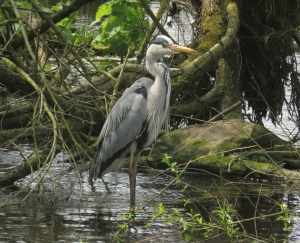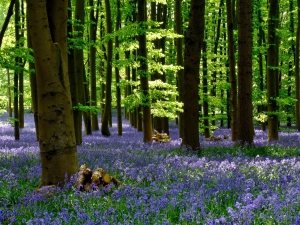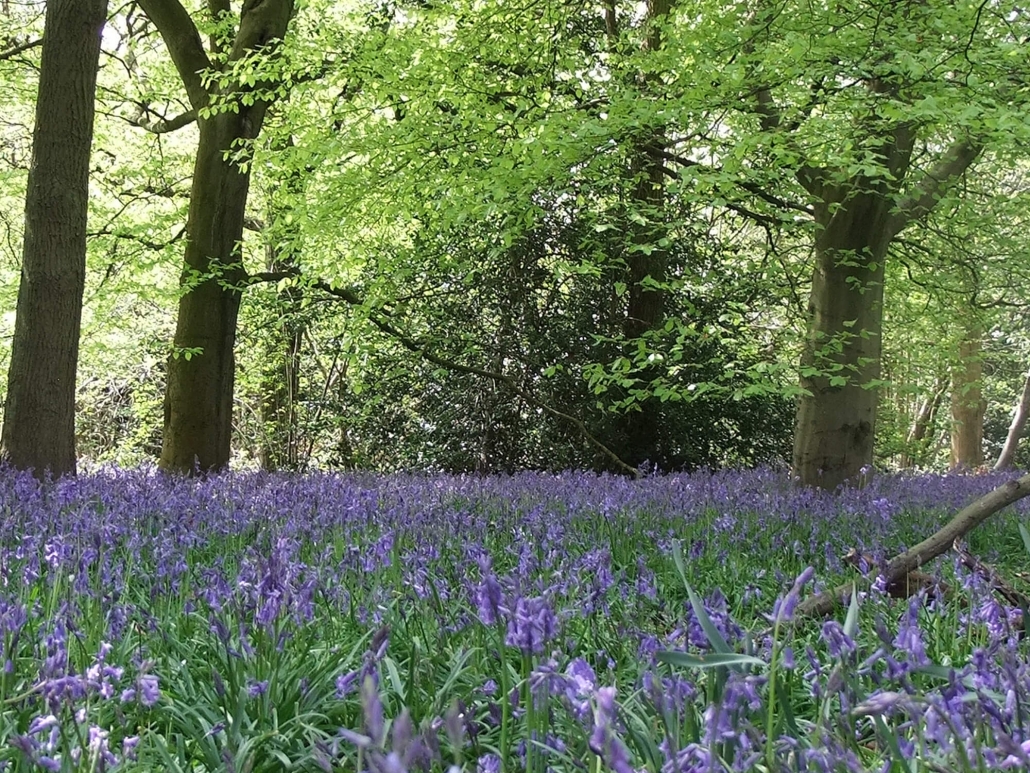The Colne Valley Park is important for biodiversity, especially the string of wetland habitats running down its centre. These provide homes for plentiful wildlife species right on the very edge of London. With regard to official site designations, the Colne Valley Regional Park contains:
- Part of one Special Protection Area
- Part of one National Nature Reserve
- 13 Sites of Special Scientific Interest
- Seven Local Nature Reserves
There are also many non-statutory county wildlife sites, ancient woodlands and informal nature reserves.
The Colne Valley Park is a favoured place for birdwatchers and conservationists. Popular destinations in the Park include Stockers Lake, Broadwater Lake and Staines Reservoirs.
The Herts & Middlesex Wildlife Trust has produced a series of factsheets on some of the best sites for observing wildlife in the Colne Valley Park
Habitats
The Colne Valley Regional Park features many different types of habitat attracting a large and varied amount of wildlife, making it a hugely valuable resource so close to London.
To the south lie important floodplain grazing marshes and lowland meadow habitat at Staines Moor SSSI (Site of Special Scientific Interest), along with other areas of good quality semi-improved grassland. Further north, the amount of deciduous woodland increases, a change in character in the landscape that supports a different range of wildlife.
The Colne Valley is fed by a number of rivers, including the Colne itself. They provide important habitats and help maintain the floodplain grazing marshes and other riparian habitat across the Park.
Other examples of high priority habitat include an area of ancient woodland at Ruislip Woods, and a mix of woodland and heathland at Black Park country park. Species you may encounter in the Valley include Kingfishers, along with wide variety of waterfowl, grass snakes and Muntjac deer.
Biodiversity projects in the Colne Valley Park
During 2019 -2022 we worked on a project funded by the Lottery Heritage funding called Landscape Partnership Scheme. Within that project we worked on many different projects that focused on enhancing the biodiversity in the Regional Park. These projects were:
Preventing water voles from being extinct project. This project was hosted by Herts & Middlesex Wildlife Trust and it’s aim was to secure the future of water voles in the Colne Valley by providing optimal habitat around their current strongholds.
Invasive Species in the Colne Valley Regional Park raised awareness of invasive species in the Colne Valley and provide advice to landowners and the public on effective control methods. The main focus of the project was on plant invasive species with a particular interest for Floating Pennywort and Himalayan Balasm, two abundant species which are detrimental to the local river systems.
Angling and nature conservation project. This project was hosted by Herts & Middlesex Wildlife Trust working in partnership with the Colne Valley Fisheries Consultative. The aim of this project was to find ways to manage fisheries that protect and enhance fish stocks, restore biodiversity in the Colne Valley and enhance angling experiences.
Conservation Grazing Project. The aim of this project was to introduce and sustain grazing at a selection of sites, boosting biodiversity value and promoting the importance of conservation grazing to the public.
Keeping The Rivers Flowing. This project was in a collaboration with Affinity Water, Herts & Middlesex Wildlife Trust and community groups to promote the water saving message throughout the Colne Valley Regional Park. The objective was to highlight the impact between water usage in the home and the effect it has on the River Colne and its tributaries through a range of different programmes, these include, Drip Drop Summer School, Water Saving Leaflet, Water Ambassadors and much more.
River Enhancement project. The aim of this project was to improve the River Ash (near to the Bronzefield Prison) for wildlife and people. The River Ash is a distributary of the River Colne that flows for 10km between Staines and Shepperton. This once natural river was heavily impacted by urbanisation, which resulted in many of the river’s natural features being lost and the valuable habitat it once offered to wildlife becoming degraded. The river had poor connectivity with the surrounding floodplain, which once provided extensive marsh habitat, providing a diverse array of flora and fauna and offering a home to both terrestrial and aquatic wildlife.




